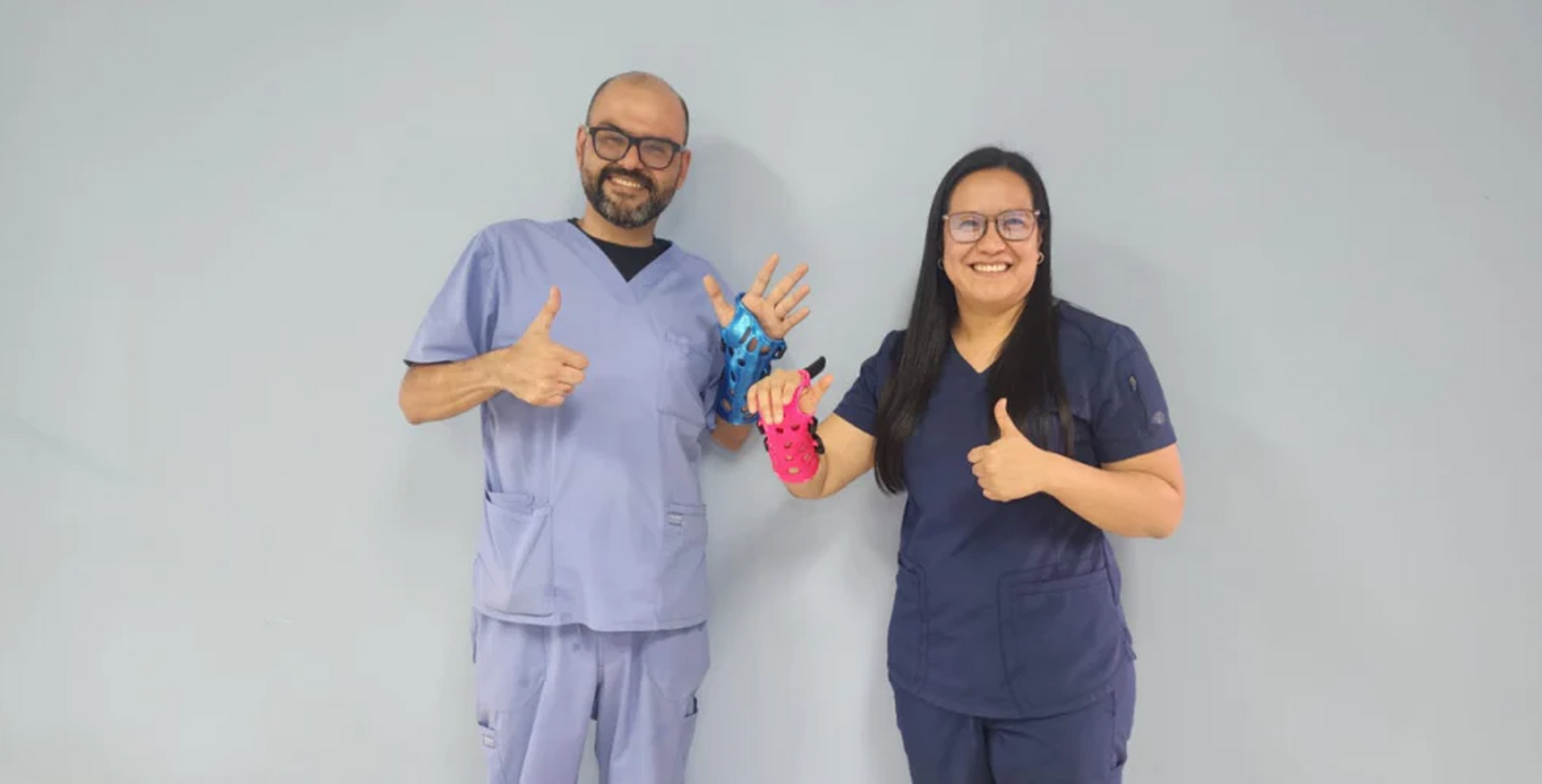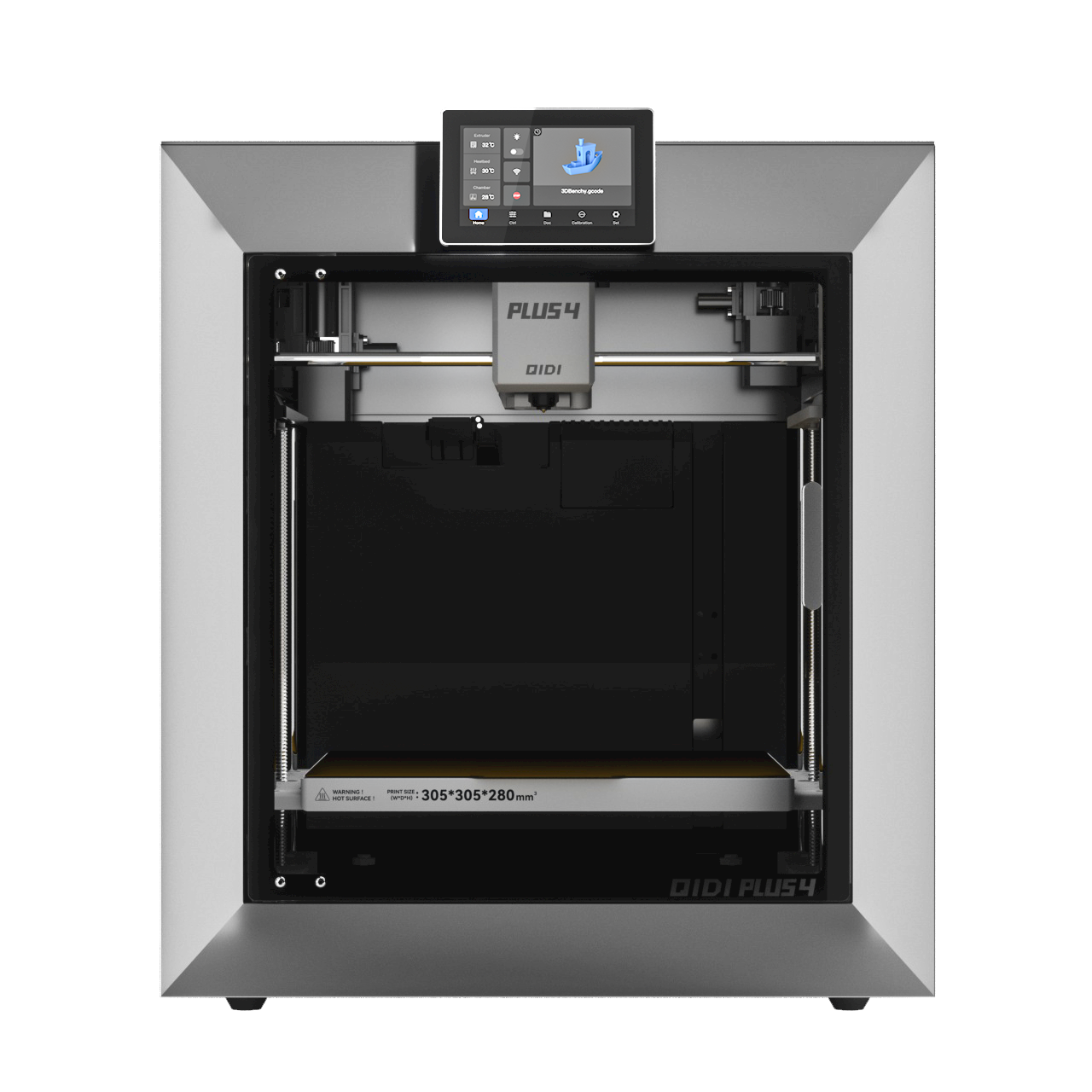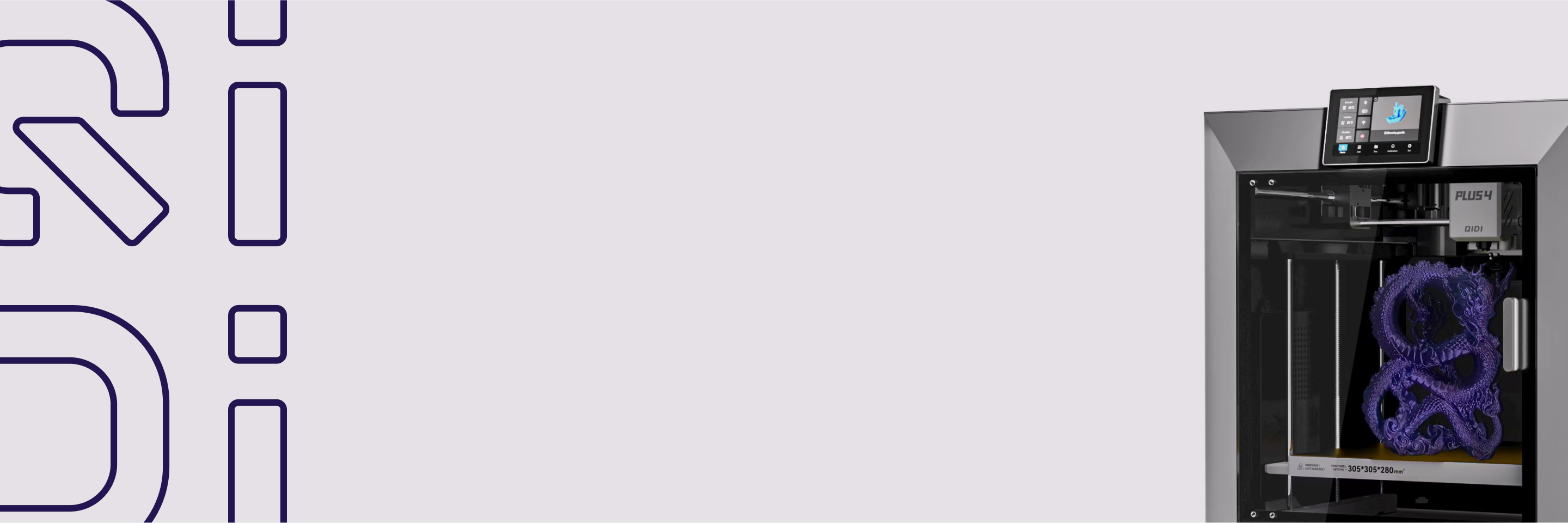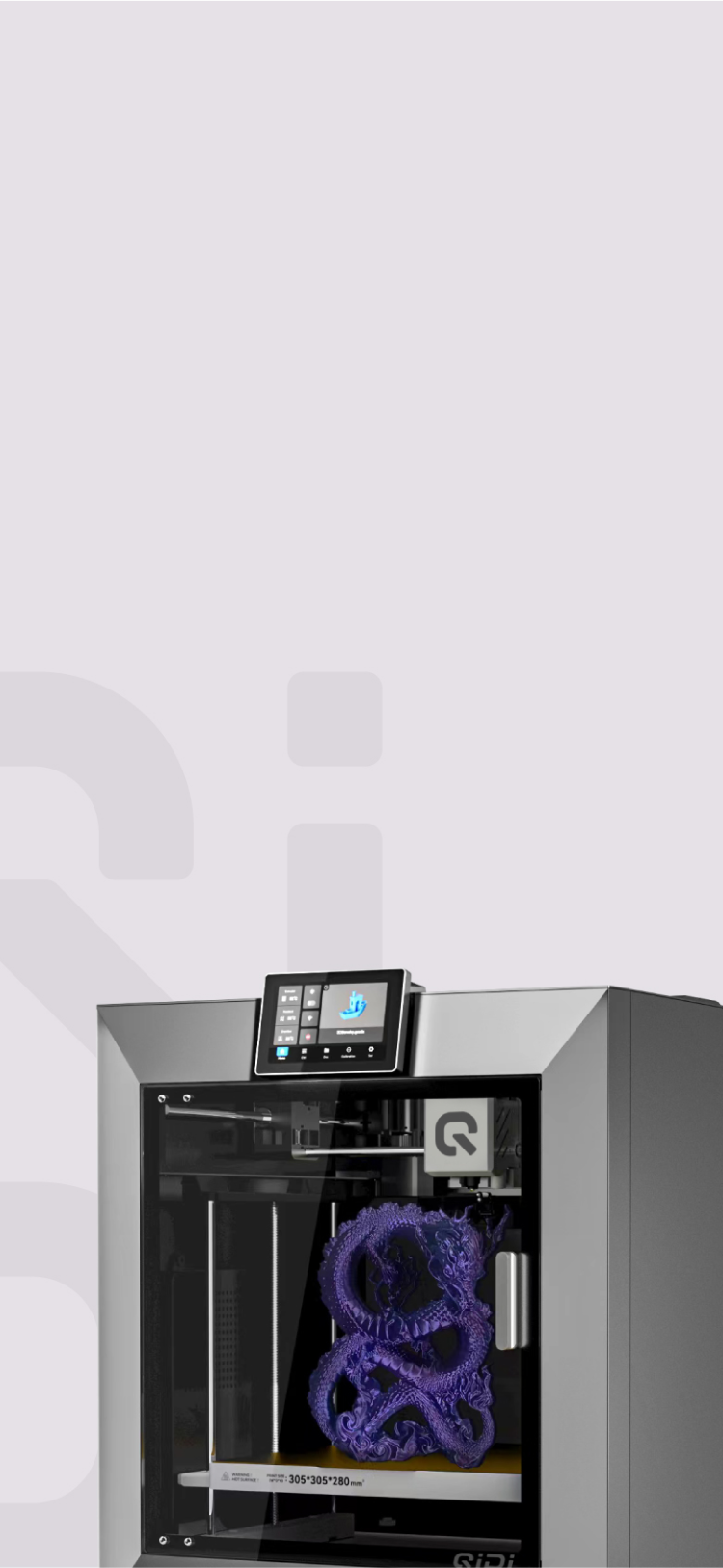In Guatemala: Using 3D Printing to Help More People "Start Anew"


As advocated by the concept of "technology for good", technology should serve and assist people to a greater extent, thereby building a more harmonious and equitable society. In this regard, 3D printing technology holds great promise. A couple based in Guatemala—Eric Lamoray and his wife—are leveraging the accessibility of 3D printing technology to create life-changing prosthetics for those in need. The following is their true story.

A Fateful Bond of Kindness: From an Unexpected Stay to Four Years of Commitment
Four years ago, at the height of the COVID-19 pandemic, we had originally planned to sail through the canal into the Pacific. We stopped here for a break during our journey, only to be caught off guard—all travel routes to the South Pacific were shut down at the time. So, my wife and I started thinking about what we could do while waiting.
Someone introduced us to a young man with a deformed arm and hand, and asked if we could help. Did some research and discovered the designs of Team Unlimbited. Knew nothing about 3D printing, but we successfully created a prosthetic for this young man in the end. And the result far exceeded our expectations. He adapted to the prosthetic well, even fulfilling his wish of hunting with a slingshot to help feed his family!
Later, we realized that this endeavor was far more significant than we had initially imagined. Locally, a deformed or missing limb means children face severe bullying, while adults often lose job opportunities. Yet, a single prosthetic can completely change how people perceive that individual.

Empowerment from 3D Printing: From Prosthetics to Diverse Devices
In Guatemala, our organization is called Hands that Work. Over the past four years, we have helped more than 100 people! Building on our experience of fitting over 120 mechanical hands and forearm prosthetics for patients, we are now developing the world’s first open-source, mechanically driven above-elbow prosthetic arm. The design is nearly complete — we’re currently finalizing the socket. We are well aware that these recipients in need cannot even afford the cost of a battery.
Beyond making prosthetics for children and young people, we also strive to help more groups. We produce wrist/forearm splints and provide them to a local doctor who does some work with charity hospitals. He said he would try them there. A huge positive reception, could we deliver more?

The stethoscopes we print using 3D technology are also very popular. Currently, designers are still optimizing the design of otoscopes; once the design is finalized, we will soon be able to print otoscopes too. Additionally, we print assistive products for the visually impaired, as well as various types of vocational aids.

Why QIDI Q2?
My wife and I work here full-time, funding our operations with our own retirement savings and running this floating workshop. We reached out to QIDI, hoping to obtain a reliable 3D printer to produce more devices. In response, QIDI donated a new machine to us—the QIDI Q2. This printer has now been put into full-time use, and it performs exceptionally well compared to our other existing printers:
- It boasts a fast printing speed, with a maximum movement speed of 600mm/s.
- Its high-precision auto-leveling function makes printing more hassle-free.
- The CoreXY metal structure ensures the machine is stable and reliable.
- The chamber can heat up to a maximum temperature of 65°C, enabling printing with more advanced materials.

With QIDI’s support, our work has been progressing much more smoothly. Even in our "floating" workshop, the Q2 operates normally, and the wake from passing boats does not affect it at all. Currently, this Q2 is dedicated to printing splints, and we plan to use it for manufacturing hand and arm prosthetics in the future.

A Shared Vision: Helping More People "Start Anew"
Guatemala is a country of great differences. In the Capitol and a few cities, there is world-class, well-equipped health care. In the rural regions, it can be quite the opposite. Our goal is to try and improve lives, and 3D printing is our approach.
There is a girl for whom we have replaced her hand four times as she grows. She once wanted to drop out of school due to bullying, but now she has graduated successfully as the valedictorian and is about to pursue further studies in college.

There is also a woman living in a remote jungle village and a young girl in a remote area of Colombia—both were overjoyed when they received the assistive devices we made for them...
From the riverside in Guatemala to Mexico, Honduras, and then to Colombia, "technology for good" has never been an empty slogan. The Lamorays, in collaboration with QIDI, are using practical actions to demonstrate the power and warmth of technology. It is clear that 3D printing is tangibly helping more people regain the ability to live independently, allowing them to boldly pursue the life they aspire to.


 Q2
Q2
 QIDI Box
QIDI Box
 Plus 4
Plus 4
 Q1 Pro
Q1 Pro
 X-Max 3
X-Max 3

